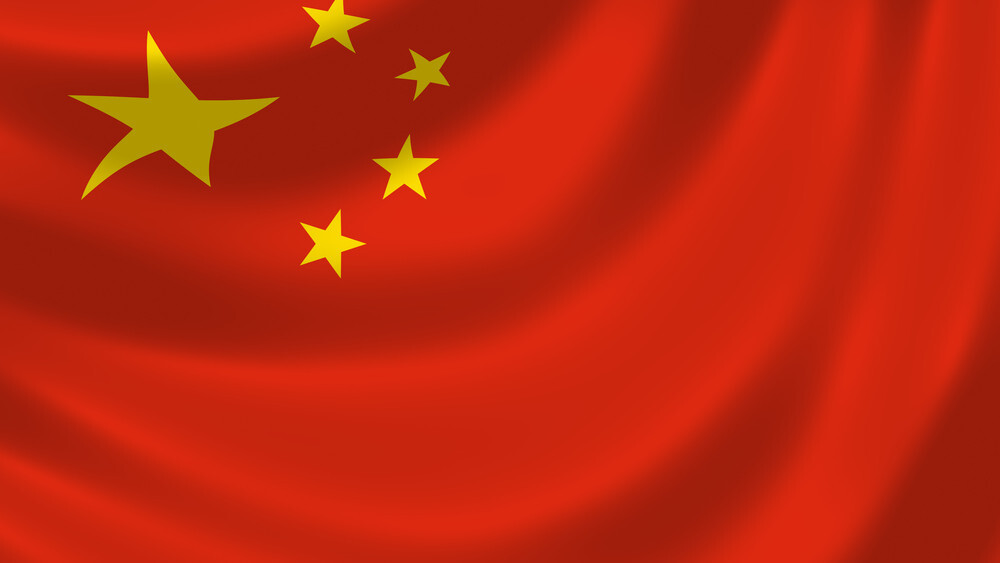
A new report published this week has suggested that China is Twitter’s largest global market and Facebook has 63.5 million users there — despite both being blocked by the country’s Internet censorship system — however this data is almost certainly incorrect according to information from Facebook and other sources.
Events began when well-read marketing website eMarketer raised eyebrows in Asia, and across the rest of the world, on Wednesday when it published figures claiming China has 35.5 million Twitter active users (70 million registered), while social networking giant Facebook has 125 million registered members there.
We wrote the report up for a number of reasons, mainly because eMarketer is an established name and these claims are quite unlike anything we’ve heard before, but we later added more details to our (now sizeable) disclaimer since data from a number of other sources suggested that the figures — which were generated by London-based GlobalWebIndex — were false.
Fast forward to Friday (Asia time, Thursday US time) and GlobalWebIndex released a fuller set of figures that were used in a Bloomberg report, which made its way onto Techmeme – raising their visibility across the global tech industry.
Here’s an excerpt of the Bloomberg article:
Facebook grew to 63.5 million users in China in the second quarter of this year, up from 7.9 million two years earlier, London-based researcher GlobalWebIndex said in a blog post today. Twitter users tripled to 35.5 million from 2009.
Sites blocked in China can be accessed via so-called proxy services, which connect users to servers outside the country so they can visit sites that are filtered. The workarounds have helped Facebook and Twitter compete with local sites including microblogging service Sina Weibo, said Tom Smith, founder of GlobalWebIndex.
“It only takes a little bit of desk research to discover that what is called the Great Firewall is actually much more porous than the Chinese government would like to admit,” Smith said in the blog post.
And from the GlobalWebIndex blog post:
It’s also worth considering that, according to GlobalWebIndex, Western social networks are growing strongly in China:
Since Wave 1 (July 2009), we have tracked user growth for Twitter in China from 11.8m (use or contribute last month) to 35m in Q2 2012. Facebook has grown even more impressively from 7.9m to 63.52m over the same period, although we should bear in mind that due to the size of the market this only represents 8% and 15% respectfully of the internet population.”
Given the potential to mislead, we think it is important to contrast these figures with findings from more established organisations. While there are workaround options in China, it is unlikely that they are as mainstream among China’s 500 million plus Internet users as GlobalWebIndex suggests.
Comparing figures for Facebook
Facebook’s own statistics — taken from its advertising platform, which provides figures based on a range of variables to help ad buyers target audiences — records 611,640 registered users aged 13 and upwards in China (via @GreatFireChina).
That figure is some way short of the GlobalWebIndex findings and comes from Facebook itself.
Comparing figures for Twitter
Accurate Twitter user data is difficult to get hold of, not to mention verify, since Twitter closely guards its figures, but the gist of the latest research Semiocast — an organisation that is well respected — contradicts GlobalWebIndex.
The French firm reported that, in June 2012, US-based users posted the most public tweets on the service (25.8 percent) to “dominate” the ‘Twitter nations’. While Semiocast found that growth was higher abroad, China failed to feature in its list of top 20 countries, nor did it have any representation in Semiocast’s overview of the 20 top tweeting cities worldwide.
That data from Semiocast — which uses a proprietary system to interpret location based on tweet content, user profile and other details available in public tweets — is at odds with the GlobalWebIndex numbers.
Explaining the difference in numbers
We contacted GlobalWebIndex to find out more about the methodology behind its figures, and were told the following:
Our methodology is survey based. We surveyed a representative sample of more than 8k (total) respondents in China over 7 Waves of research from 2009. Our panels are provided by LightSpeed, the market standard for Online market research, and recognised as the most credible panel provider.
For this reason we are very confident in our data and we actually do not really find very surprising that in a country where Sina Weibo has more than 260m active users, 35m of them are using also Twitter. We tracked a constant rising of Twitter and Facebook users in China over the years, and obviously they are primarily used via mobile devices and through VPN services.
The issue appears to stem from the fact that the survey size of 8,000 (over 3 years) — which is small but not entirely uncommon for research projects — is minuscule when compared to China’s 1 billion plus population. For that reason, any survey that is being ‘blown up’ (i.e. having its numbers proportionally increased to form nation-wide statistics) needs to canvass a diverse selection of respondents that adequately represents a cross section of the population in order to be accurate.
We reached out to GlobalWebIndex asking for a more detailed breakdown of the sample size, demographics and other details required to get a handle on how representative its sample was. We did not hear back from the company but it did provide more details of its measurement on its blog:
Our methodology …[is]…self-completion surveys in Mandarin (Simplified Chinese for Mainland China) served to an online panel run by an internationally accredited panel company. Furthermore, we have run seven waves of research in China, covering a representative sample of the internet users from within this panel; our samples are defined by age, gender, education level to be as representative of that population as possible.
For questions regarding social media usage, respondents are posed the simple question “On which of the following services have you created an account?” and are provided a list of global services and also local players . For all the selections they choose, they are then asked “On which of the following services have you used or contributed last month?”
Following on from this, they then define which actions they have done on that service by PC, mobile or tablet device. It is simple, clear, and we have verified it in all markets against other forms of data.
We also spoke to a couple of well placed individuals to get some additional opinions and the general consensus follows our line of thinking that the GlobalWebIndex figures are inaccurate.
Noted Chinese blogger and censorship expert Michael Anti — who gave this excellent TED talk on China’s webspace — told TNW that he estimates there are around 100,000 Twitter users in China.
Charlie Smith and Martin Johnson — the duo behind Greatfire.org, a site that monitors China’s Internet censorship activities — told us that the figures from GlobalWebIndex were both “silly” and dangerously misleading.
Focusing on the inaccuracy of the Twitter data — which is significant since microblogging sites like Sina Weibo (350 million registered users) are more popular than Facebook-equivalents — the Greatfire.org duo told us:
GlobalWebIndex claims there are 70m Twitter users and 125m Facebook users (63.5 million active) in China. That means that at least 125 million netizens in china have either bought a VPN service, are using a proxy or have the technical know how to bypass the great firewall. This is highly unlikely. If it was true, there would be so much online China activism about important issues that it would be hard to ignore. This is what we hope happens in China’s future and that’s what we are fighting for but it certainly is not the reality now.
The last thing we want to see is people saying that Chinese netizens have free and open access to social media around the world. They don’t! They are prevented from looking at many foreign web sites and they are also prevented from accessing information on Chinese web sites! Chinese netizens, for example, are unable to search for “Xi Jinping”, the country’s next leader, on Sina Weibo, a leading Chinese microblog. The great firewall is not some myth, it’s a sad reality. Chinese censorship authorities will be delighted to see this news as it makes the rest of the world believe that censorship is not happening here.
Information about Facebook and Twitter are often open to sizeable degrees of error and interpretation, especially when related to China’s murky Internet with VPN connections and censorship.
With that in mind, we’d suggest that you treat the GlobalWebIndex figures with more than a healthy dose of scepticism…oh and pour on a tonne of salt for good measure.
Image via Shutterstock
Get the TNW newsletter
Get the most important tech news in your inbox each week.








